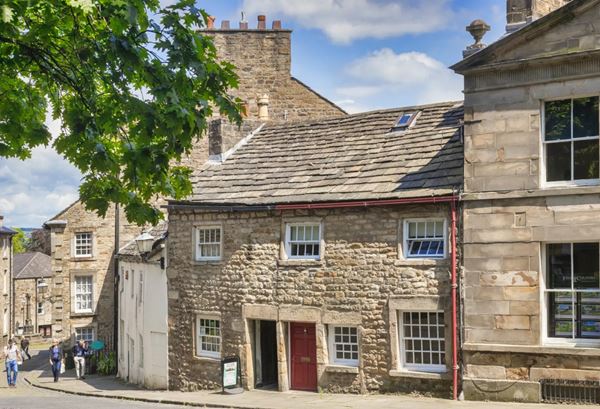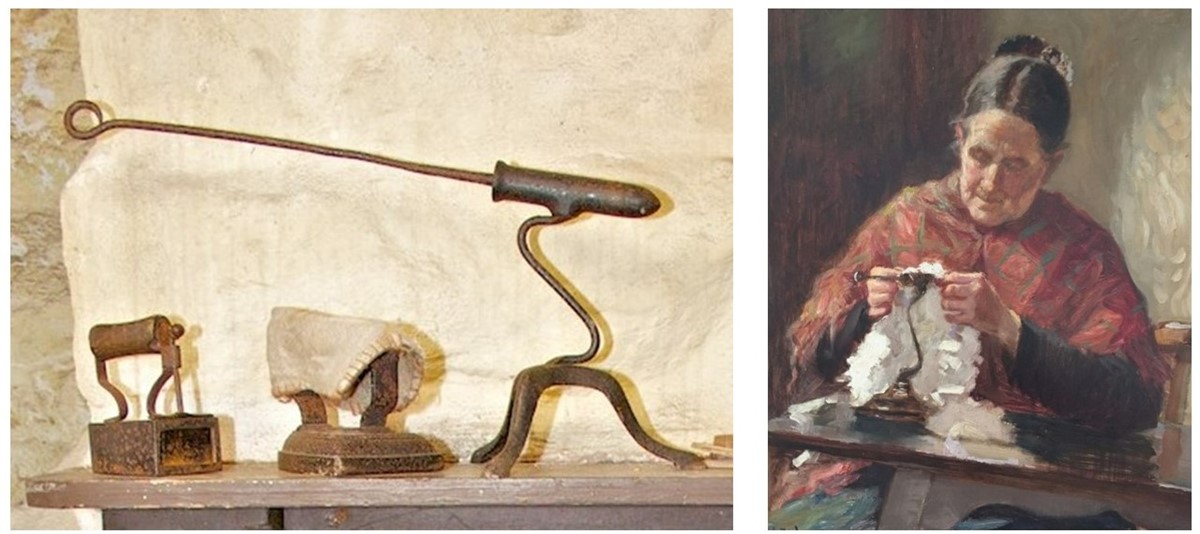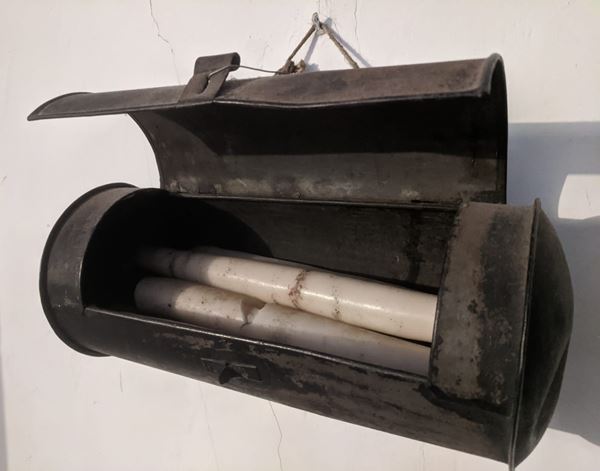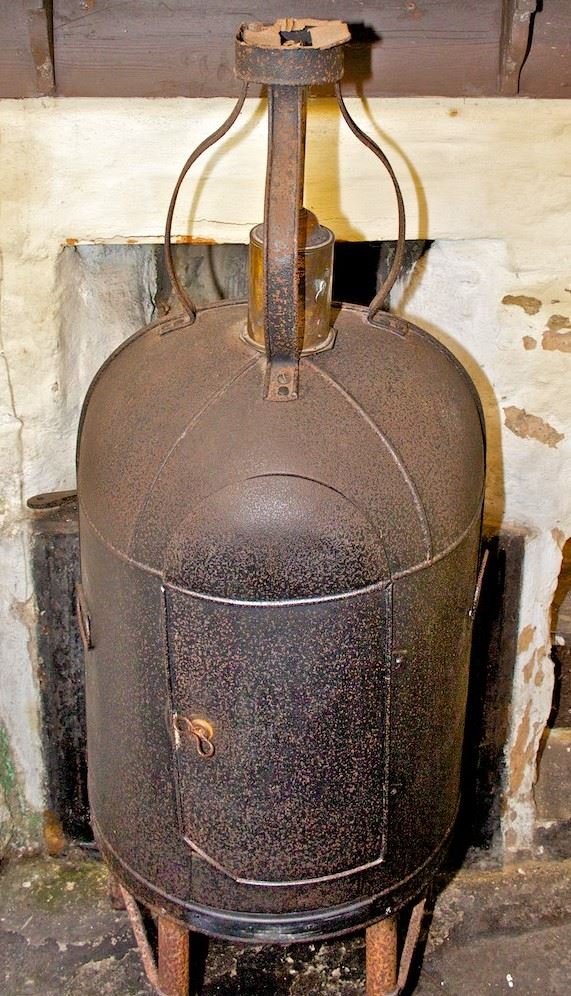Yesterday's Everyday: Objects from the Cottage Museum

Can you imagine life without running water, electricity, central heating or even a toilet?
No? Then welcome to Lancaster’s own 18th century Cottage!
The Cottage Museum has been restored to show how a respectable yet modest household might have lived almost three centuries ago. The house still has most of its original features, and it’s filled with locally made furniture and objects from that era. Some of the everyday items in the cottage are still familiar to us today, while others may have fallen out of use entirely in our modern age.
Read on to find out how a few of these forgotten objects would have been used.

Goffering was the process of working fabric into frills that were evenly and finely gathered and crimped.
Many devices such as corrugated boards and rollers were used at various times to keep collars and ruffles nicely goffered and crimped. Goffering irons were introduced from Italy in the early 17th century. The iron’s specialised design would have been very useful for the ornate and delicate decorations that were fashionable in the Victorian era, particularly for small and finely gathered frills such as those on a high-quality baby’s bonnet.
The collars, cuffs, and ruffles of most garments were detachable. After being removed and washed separately, they’d require gathering and goffering before being sewn back into place.
The removable rod of the goffering iron was very like an ordinary fireplace poker. The tip would be thrust into a fire until it was red hot, then inserted into the rounded barrel of the iron, heating it from the inside. Fabric would then be gripped in both hands and pressed over the barrel to set it into a semicircular crimp. Producing even, firmly set frills in this way was a skilled job that required a good deal of practice.
Goffering irons continued in service until the end of the 19th century, when fashions began to move away from the copious ruffles of the Victorian era.

Until the dawn of the 20th century, most people lived without electric lighting or even gas lamps.
Candles were therefore a necessity of daily life, a reliable way of having light after dark. Candlelight was used for most activities including cooking and eating, reading and writing, sewing and housework. The fire in the hearth was often a major source of light, but candles would brighten up different areas and could be carried from room to room.
The candles in the Cottage Museum are made from tallow, a rendered form of beef or mutton fat. In the 1700s the average household would burn a single tallow candle for two hours each night. These candles produced a similar smell to bacon and other cooked meat, and this would of course attract vermin.
Consequently the candle box became popular. These were designed to protect the candles from being eaten by rats and mice. The box would usually be mounted high on a wall and kept firmly closed. The one on the parlour wall in the Cottage Museum is made of metal, so nothing could gnaw through it.

Open fires were the only means of cooking in the cottage. There's a metal crane above the fireplace in the parlour for hanging pots and pans, but there is no built-in oven or range. That's where this device comes in. Known as a Dutch oven or reflecting oven, it's essentially a rounded metal box that's open at the back. Hanging from the frame at the top is a brass clockwork jack, from which a joint of meat can be suspended inside the oven. Placed in front of a fire, the clockwork turns the meat slowly while the metal sides help to reflect the fire's heat towards it. The oven is light enough to move around easily so it can be stored elsewhere when it's not in use.
Dutch ovens like this became common in the 1700s, although a variety of similar devices were in use much earlier.


